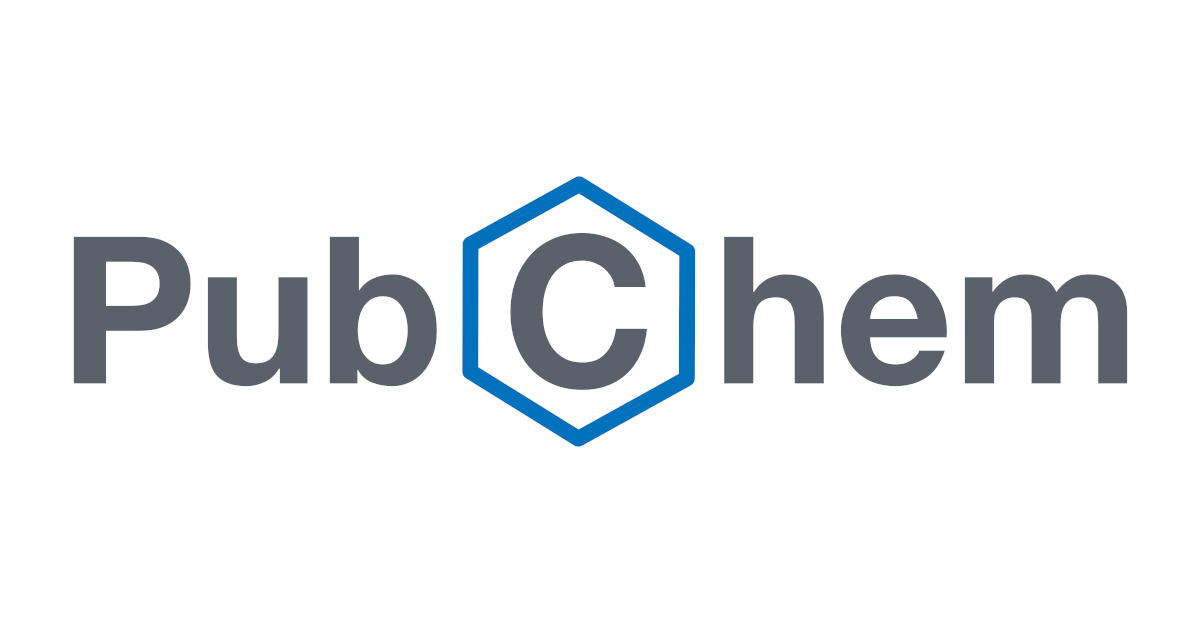AlsoTapered
Bluelighter
- Joined
- Apr 1, 2023
- Messages
- 3,076
It’s good to see you being productive even though you are disabled and to see you doing things by the book. My situation is not as bad as yours but I still can’t approach it with your level of virtue for lack of a better word.
I’m able bodied but live with chronic pain and 99% of my use is of legal narcotics as prescribed for about 5 years now. I would still class myself as a drug addict due to last history and cravings to let go and return to abusing Narcs.
I struggle daily with suicidal thoughts and cravings to return to the illicit drugs due to the prison ones body can be.
Do you struggle with thoughts of self destructive or hard drug abuse due to your condition?
Except for weed I abuse the hell out of weed.
Drugs are a temporary solution to a long-lived problem.
Suicide is a permanent solution to temporary problem.
I've watched someone die as their kidneys failed. So I stay alive because should a severe head injury occur, At least I can give others the chance. Heart, lungs, kidneys, eyes and so forth. Suicide means an inquest so those organs help nobody.
BTW Why are you moving the amine away from the aryl moiety? Note dizocilpine, the prototype NMDA antagonist or diphenidine. Their has to be an aryl just 1 methylene from the aryl. Identify the key moieties and consider their spatial relationship (including the N
The first effort was so close - just the LogP which, BTW, you could have brought down by adding a ketone. Where? Dunno.
1-(3-Methyl-4-thiophen-2-ylthian-4-yl)piperidine
1-(3-Methyl-4-thiophen-2-ylthian-4-yl)piperidine | C15H23NS2 | CID 15408084 - structure, chemical names, physical and chemical properties, classification, patents, literature, biological activities, safety/hazards/toxicity information, supplier lists, and more.
Follow the patents - voila, 78 NMDA antgonists/DRIs.

